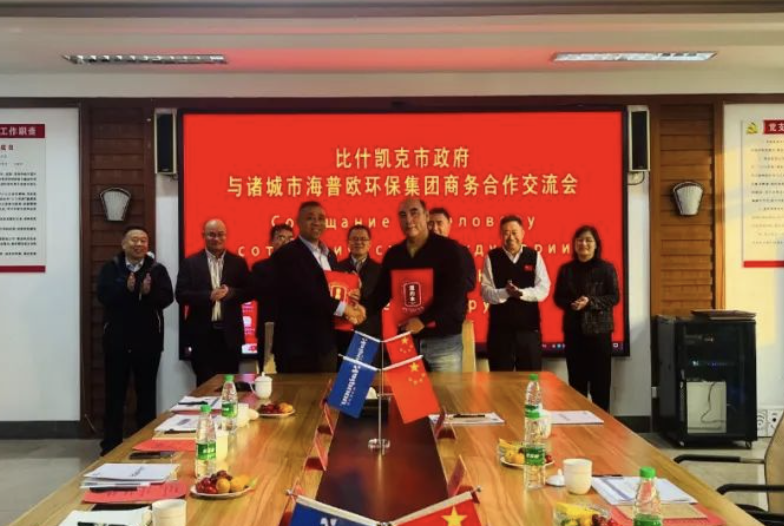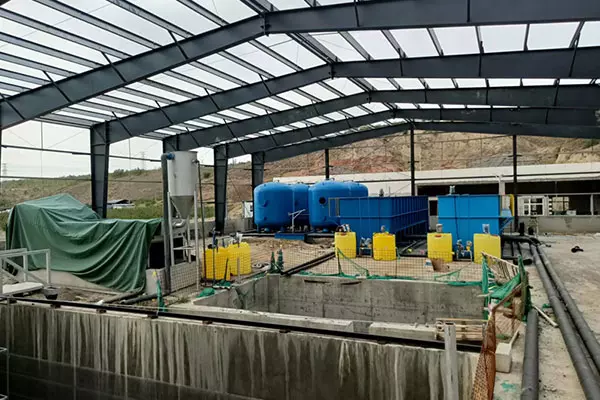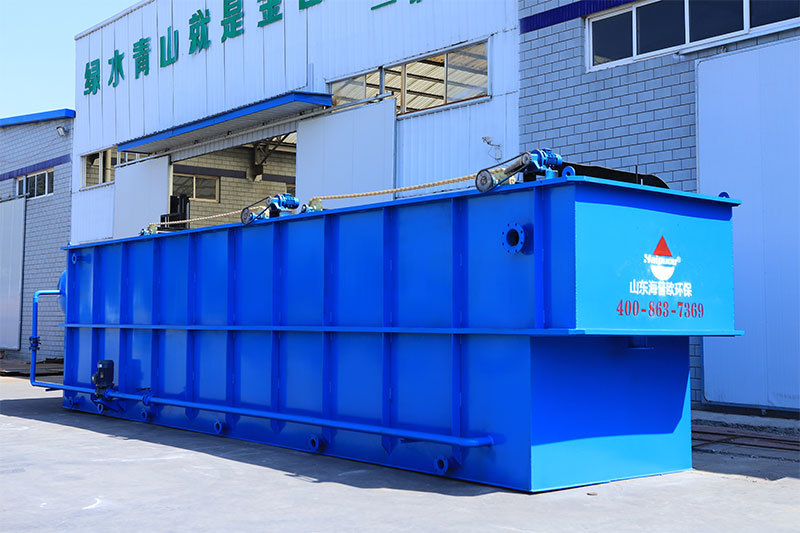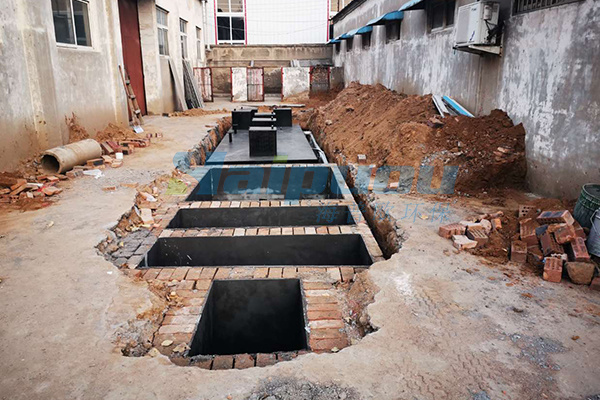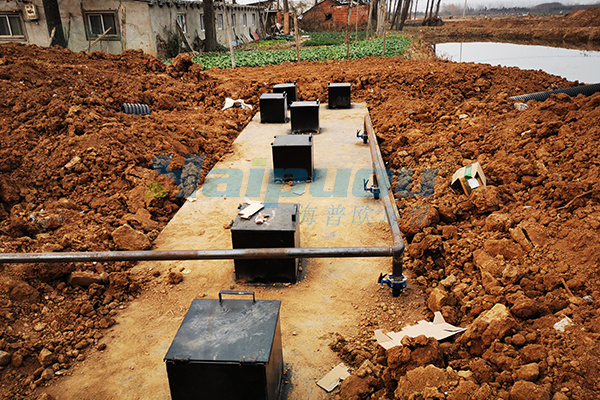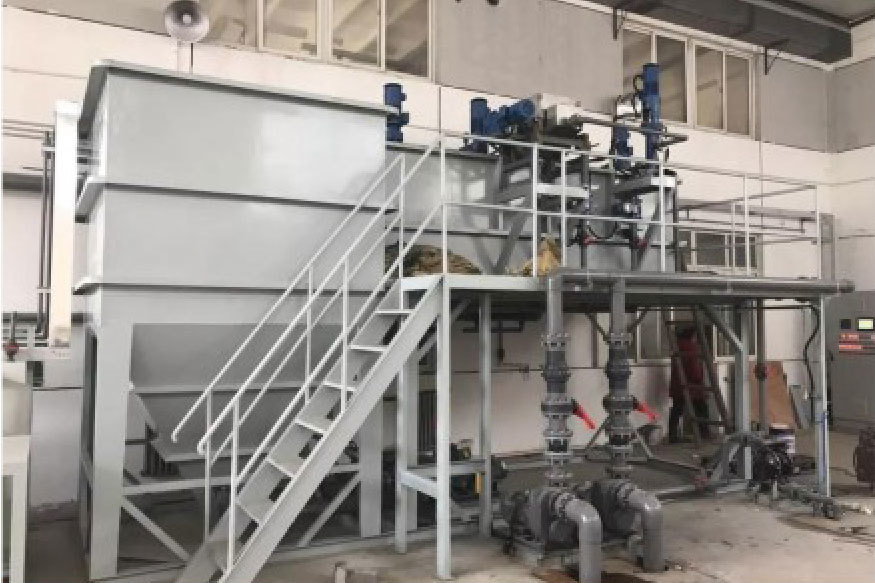News details
Enhancing Environmental Sustainability with Micro Flotation Air Flotation Technology
Release time:
2024-08-24 09:00
Enhancing Environmental Sustainability with Micro Flotation Air Flotation Technology
Introduction to Micro Flotation Air Flotation Technology
Micro Flotation Air Flotation Technology (MFAFT) represents a revolutionary approach to wastewater treatment. It utilizes microbubbles to separate contaminants from water, improving both the quality of the effluent and the overall sustainability of the process. As industries face mounting pressure to adopt greener practices, MFAFT emerges as a key player in achieving environmental goals.
The Importance of Environmental Sustainability in Manufacturing and Construction
In the context of manufacturing and construction, environmental sustainability has become a priority. Industrial processes often generate significant waste and emissions, contributing to pollution and resource depletion. By prioritizing sustainable practices, companies can reduce their environmental footprint and enhance their reputations.
Understanding Wastewater Challenges in These Industries
Manufacturing and construction generate various types of wastewater, often laden with oils, heavy metals, and particulate matter. Traditional treatment methods can be inefficient, leading to incomplete pollutant removal and environmental harm. Addressing these challenges is essential for achieving sustainability.
How Micro Flotation Air Flotation Technology Works
MFAFT operates on the principle of utilizing microbubbles to facilitate the separation of contaminants from wastewater. The process involves several key steps:
The Generation of Microbubbles
Microbubbles, typically 10-50 micrometers in diameter, are produced using specialized equipment. These bubbles attach to contaminants in the water, increasing their buoyancy.
Separation Process
Once the microbubbles have attached themselves to the contaminants, the mixture is subjected to flotation. The buoyant particles rise to the surface, forming a sludge layer that can be easily removed.
Effluent Quality Improvement
The effluent treated by MFAFT exhibits significantly reduced levels of pollutants. This process not only meets regulatory standards but often exceeds them, contributing to cleaner water systems.
Benefits of Micro Flotation Air Flotation Technology
The advantages of MFAFT are numerous, making it an attractive option for industries aiming for sustainability.
Enhanced Removal Efficiency
MFAFT boasts impressive removal rates for a wide range of contaminants, including fats, oils, greases, and solids. This efficiency leads to cleaner effluents and less environmental impact.
Reduced Chemical Usage
Traditional wastewater treatment methods often rely on chemicals that can be harmful to the environment. MFAFT minimizes chemical use, thereby reducing potential hazards and operational costs.
Lower Energy Consumption
Energy efficiency is a hallmark of MFAFT. By optimizing the flotation process, companies can achieve significant energy savings, contributing to lower operational costs and a smaller carbon footprint.
Applications of Micro Flotation Air Flotation Technology
MFAFT is versatile and can be applied in various contexts within the manufacturing, construction, and municipal waste sectors.
Manufacturing Sector Applications
In the manufacturing sector, MFAFT is particularly effective in treating wastewater generated by food processing, textile production, and metal finishing. By implementing this technology, manufacturers can ensure compliance with environmental regulations while enhancing their sustainability efforts.
Construction Industry Applications
The construction industry produces large quantities of wastewater, often contaminated with sediment, oils, and chemicals. MFAFT provides a solution for treating this wastewater on-site, enabling contractors to minimize their environmental impact.
Municipal Waste Management
Municipalities can benefit from MFAFT in their wastewater treatment facilities. By integrating this technology, cities can enhance the quality of treated effluents, contributing to healthier water bodies and communities.
The Future of Micro Flotation Air Flotation Technology
As industries continue to evolve, the demand for sustainable practices will only grow. MFAFT is poised to play a critical role in this shift toward greener technologies.
Innovation and Research
Ongoing research into optimizing MFAFT is essential for improving its efficiency and effectiveness. Innovations in microbubble generation and flotation processes will pave the way for broader adoption across various sectors.
Regulatory Landscape
With increasingly stringent environmental regulations, industries will need to adopt advanced technologies like MFAFT to remain compliant. Understanding and adapting to these changes will be vital for future sustainability efforts.
Challenges and Considerations
While MFAFT presents many advantages, there are challenges that industries must address.
Initial Investment Costs
Implementing MFAFT may require significant initial investment in equipment and infrastructure. However, the long-term savings in operational costs and environmental compliance often justify this expense.
Training and Expertise
Successfully adopting MFAFT necessitates training personnel to operate and maintain the technology effectively. Investing in skilled labor will ultimately enhance the system's efficiency and performance.
Frequently Asked Questions (FAQs)
1. What is Micro Flotation Air Flotation Technology?
Micro Flotation Air Flotation Technology is a wastewater treatment process that uses microbubbles to separate contaminants from water, improving effluent quality and promoting environmental sustainability.
2. How does MFAFT differ from traditional wastewater treatment methods?
MFAFT is more efficient in removing a wider range of contaminants and typically requires less chemical usage and energy, making it a more sustainable option compared to traditional methods.
3. What industries can benefit from MFAFT?
Industries such as manufacturing, construction, and municipal waste management can significantly benefit from implementing MFAFT in their wastewater treatment processes.
4. Is MFAFT cost-effective in the long run?
Yes, while the initial investment may be higher, the long-term savings in operational costs, reduced chemical use, and compliance with environmental regulations make MFAFT a cost-effective solution.
5. What are the future prospects for Micro Flotation Air Flotation Technology?
The future of MFAFT looks promising, with ongoing research and innovations driving improvements in efficiency and effectiveness while adapting to stricter environmental regulations.
Conclusion
Micro Flotation Air Flotation Technology stands as a beacon of hope in the quest for environmental sustainability. By employing advanced engineering solutions, we can effectively address the challenges posed by wastewater in manufacturing, construction, and municipal sectors. The numerous benefits of MFAFT—enhanced removal efficiency, reduced chemical usage, and lower energy consumption—position it as an essential tool for businesses aiming to reduce their environmental impact. As we embrace this innovative technology, the goal of achieving a cleaner, more sustainable world becomes increasingly attainable. By investing in Micro Flotation Air Flotation Technology, we not only comply with regulatory requirements but also contribute to the health of our planet and future generations.
Micro flotation air flotation machine
Related news
Contact: +86 18016210178 (Ms.Liu)
Add:No.56, Donghuan Road, Zhucheng City, Weifang City, Shandong Province
License



